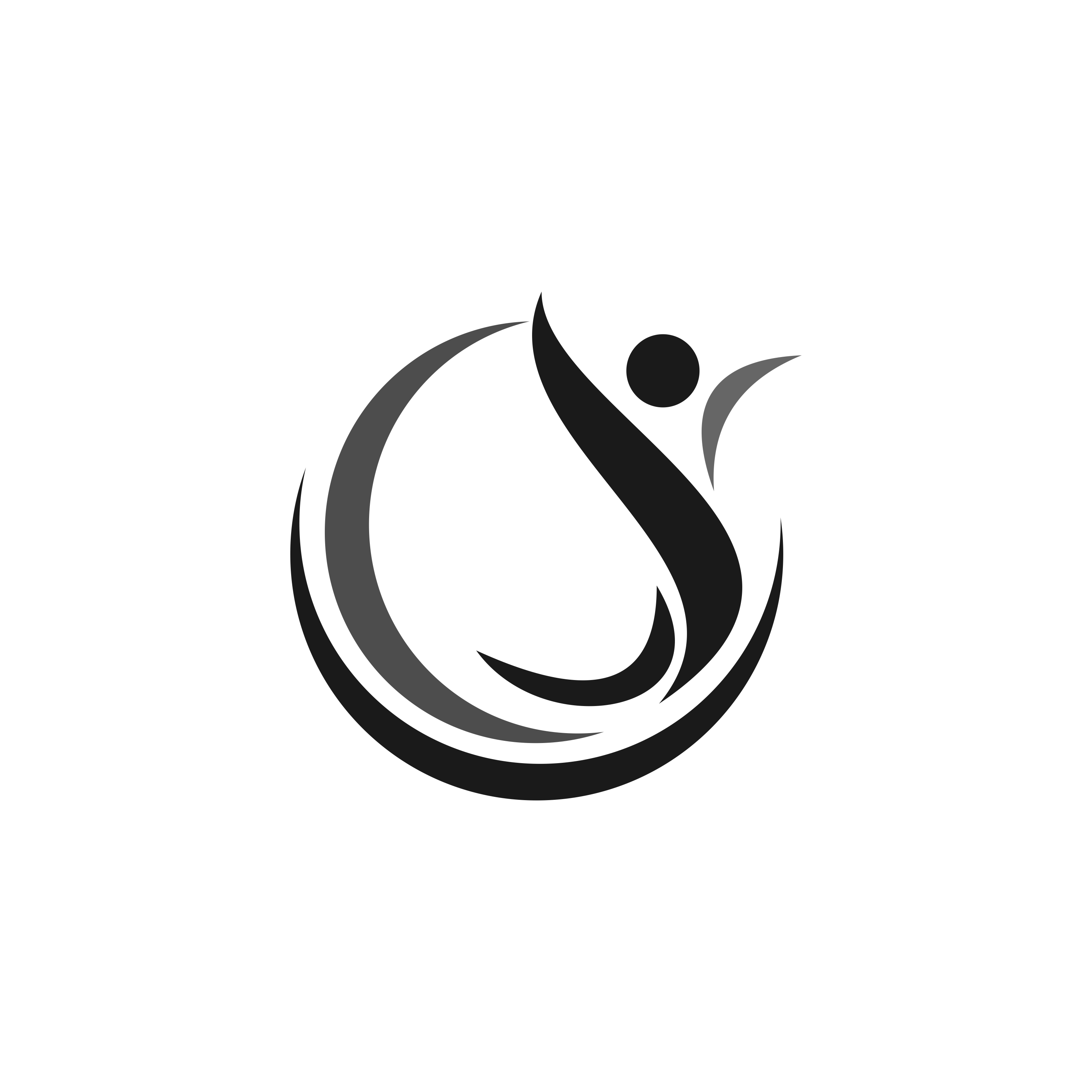
Interesting developments in the AI world
Sooooo. Chat GPT has seem to taken over the world. For those of you who might not know..
What is Chat Gpt?
ChatGPT[a] is an artificial intelligence chatbot developed by OpenAI and launched in November 2022. It is built on top of OpenAI’s GPT-3 family of large language models and has been fine-tuned (an approach to transfer learning) using both supervised and reinforcement learning techniques.
ChatGPT was launched as a prototype on November 30, 2022, and quickly garnered attention for its detailed responses and articulate answers across many domains of knowledge.[3] Its uneven factual accuracy, however, has been identified as a significant drawback.[4] Following the release of ChatGPT, OpenAI’s valuation was estimated at US$29 billion in 2023.[5]
Not to get left behind, I decided to try it out for an article – here are the answers to some of my questions…
Is AI dangerous for humans?
As of now, AI is not inherently dangerous to humans. Most AI systems in use today are designed and deployed with safety in mind, and the risks associated with them are relatively low. However, there are still concerns about the responsible development, deployment, and use of AI, and the potential risks that could arise if AI is not used responsibly.
There have been instances where AI systems have caused harm, such as in cases where automated decision-making systems have exhibited bias, or in cases where autonomous vehicles have caused accidents. However, these incidents are typically the result of mistakes or shortcomings in the design and deployment of the AI system, rather than an inherent danger posed by AI.
Overall, it is important to approach the development and deployment of AI with caution, and to prioritize safety and responsible use to minimize potential risks. The long-term impact of AI on society and human well-being will depend on how we manage these risks and ensure that AI is developed and used in a way that benefits humanity as a whole.
So is AI really dangerous currently?
As of now, AI is not inherently dangerous to humans. Most AI systems in use today are designed and deployed with safety in mind, and the risks associated with them are relatively low. However, there are still concerns about the responsible development, deployment, and use of AI, and the potential risks that could arise if AI is not used responsibly.
There have been instances where AI systems have caused harm, such as in cases where automated decision-making systems have exhibited bias, or in cases where autonomous vehicles have caused accidents. However, these incidents are typically the result of mistakes or shortcomings in the design and deployment of the AI system, rather than an inherent danger posed by AI.
Overall, it is important to approach the development and deployment of AI with caution, and to prioritize safety and responsible use to minimize potential risks. The long-term impact of AI on society and human well-being will depend on how we manage these risks and ensure that AI is developed and used in a way that benefits humanity as a whole.
Is AI dangerous for human beings in this day and age?
As of today, AI is not inherently dangerous to humans. Most AI systems in use today are designed and deployed with safety in mind, and the risks associated with them are relatively low. However, there are still concerns about the responsible development, deployment, and use of AI, and the potential risks that could arise if AI is not used responsibly.
There have been instances where AI systems have caused harm, such as in cases where automated decision-making systems have exhibited bias, or in cases where autonomous vehicles have caused accidents. However, these incidents are typically the result of mistakes or shortcomings in the design and deployment of the AI system, rather than an inherent danger posed by AI.
Overall, it is important to approach the development and deployment of AI with caution, and to prioritize safety and responsible use to minimize potential risks. The long-term impact of AI on society and human well-being will depend on how we manage these risks and ensure that AI is developed and used in a way that benefits humanity as a whole.
What do we do without AI?
AI is a rapidly growing field that has already impacted many areas of our lives. However, it’s important to remember that AI is not the only technology available, and there are many other tools and approaches that can be used to address a wide range of challenges.
For example, traditional programming techniques can be used to develop software applications, while statistical and mathematical methods can be used for data analysis and modeling. In some cases, human expertise and intuition may be sufficient to solve a problem or make a decision.
Furthermore, there are many non-technological solutions that can be used to address societal challenges, such as policy changes, education and training programs, and social interventions.
While AI has the potential to revolutionize many industries and improve many aspects of our lives, it’s important to recognize that it’s not a panacea, and that there are many other tools and approaches that can be used to tackle the challenges we face. Ultimately, the best approach will depend on the specific problem at hand, and the resources and expertise available to address it.
Would love to hear what you have to think about it.
Spammers will not be let through but deleted. I you have something of value to contribute, please leave your name and email address as requested…



